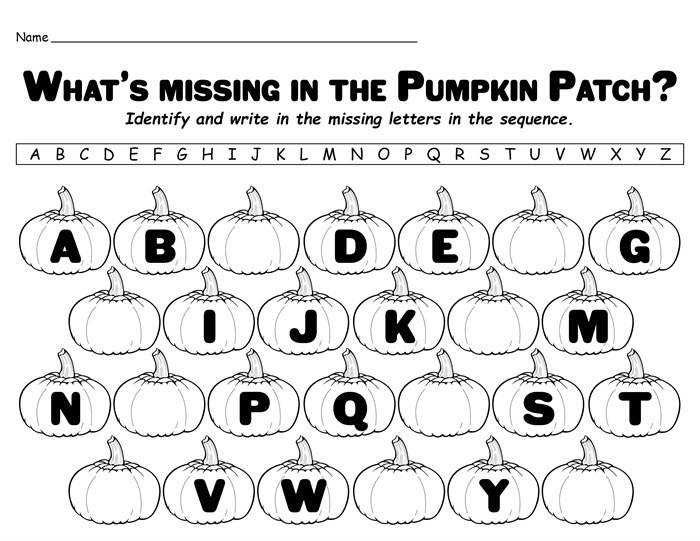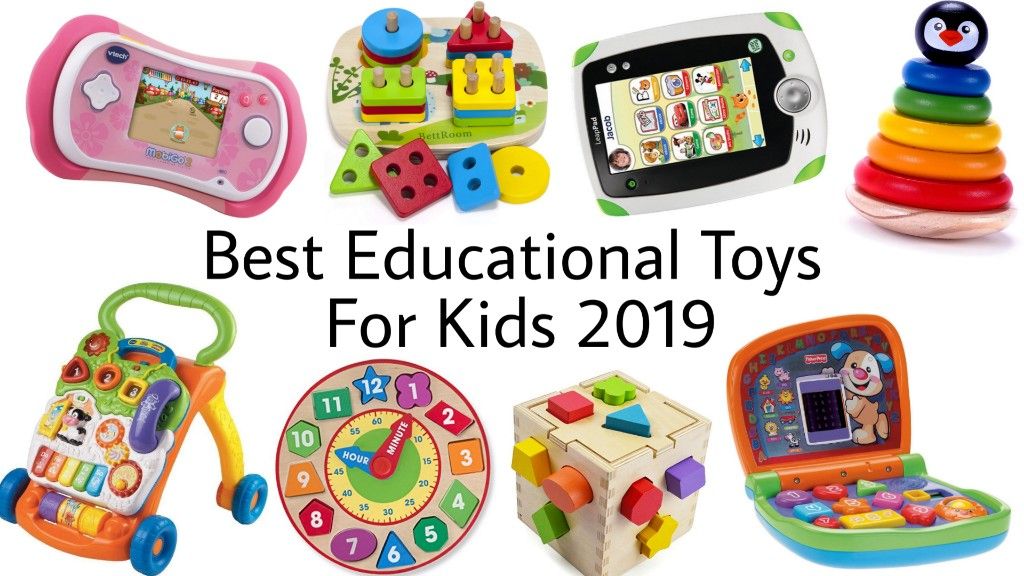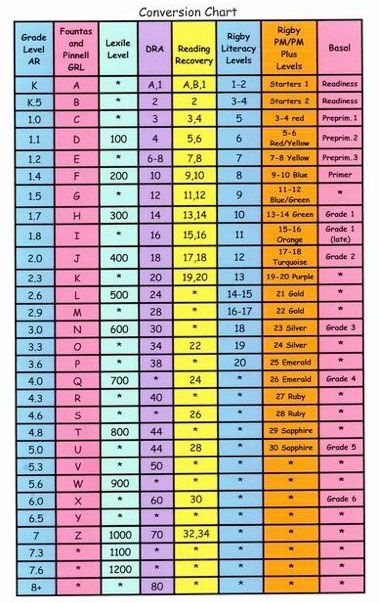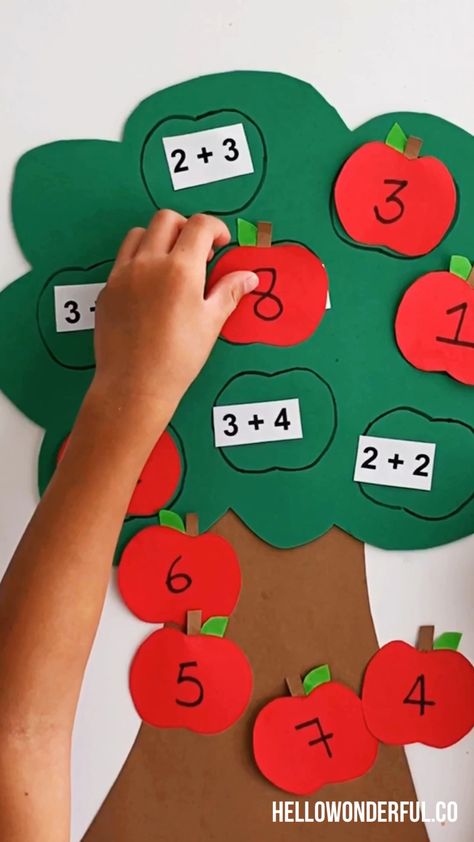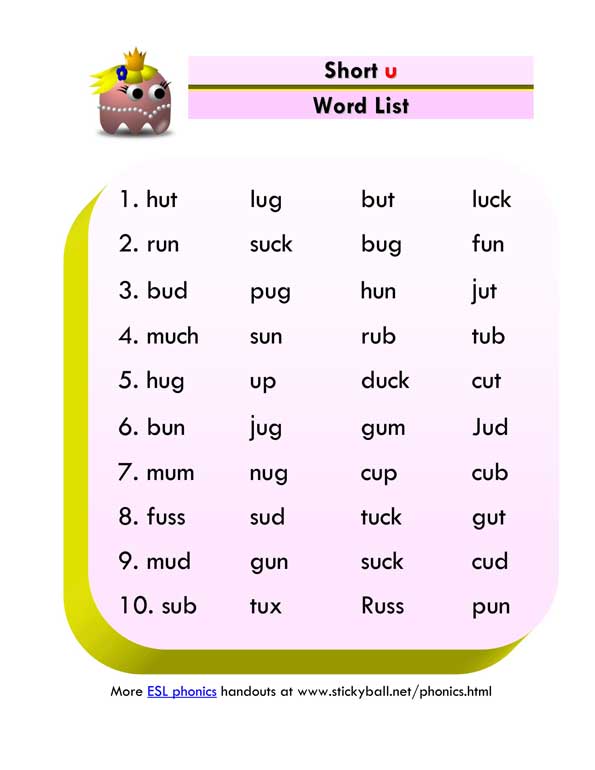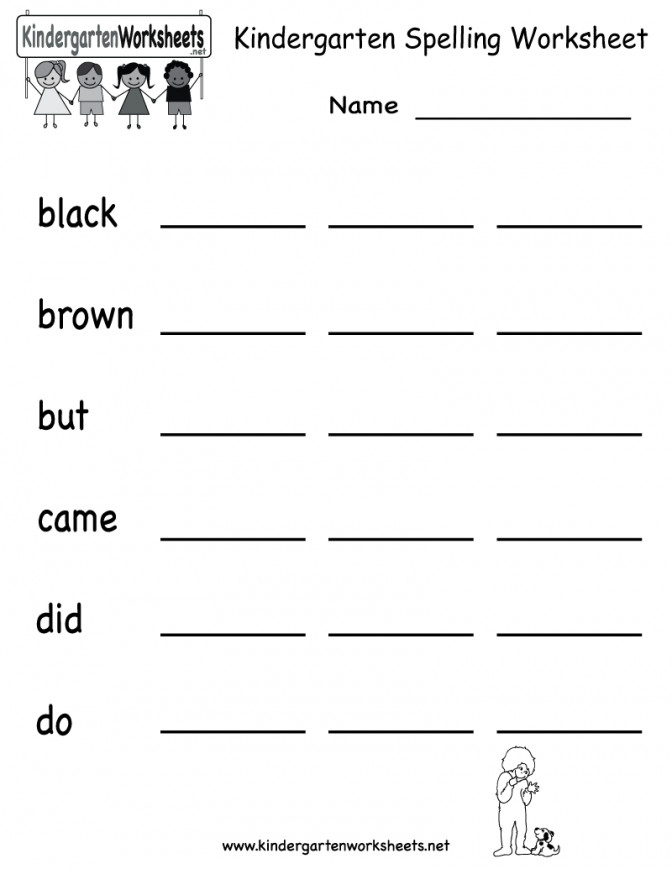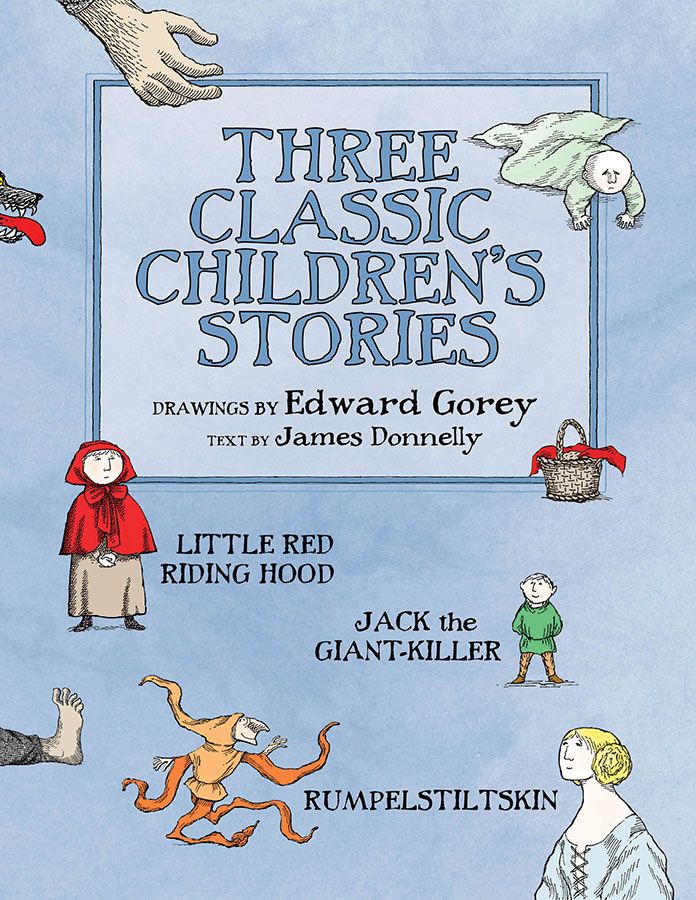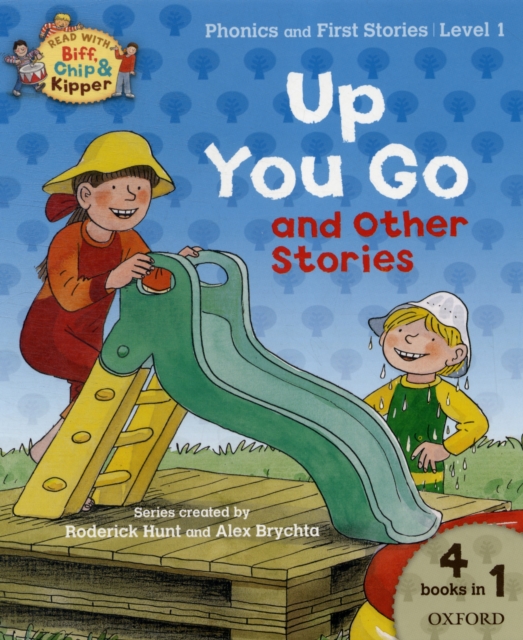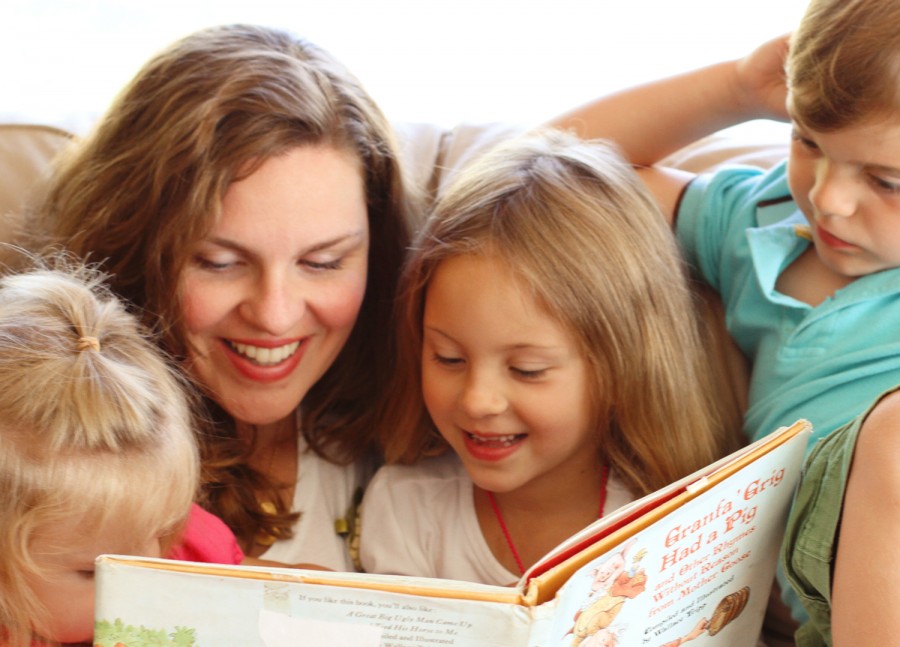Learning through play preschool
Learning Through Play in Preschool
Teaching Tips
January 6, 2020
0
3 minutes
To play or not to play? That seems to be the perennial question in early education—and one that has been a hot button issue in recent news. As mounting evidence suggests that children do better in school in the long run when their pre-K curriculum is play-based rather than didactic, discovery play in the classroom has never been more important. In fact, at a featured session at NAEYC this year, hands-on learning through the use of makerspaces was discussed as a way to promote creativity and active learning in the classroom.
So what exactly is a makerspace and how can it promote play-based learning?
What is Play-Based Learning?Play-based learning embraces giving children time to carry out their own ideas through play. Children are allowed to explore information in their surroundings in an experiential, exploratory way, rather than in a didactic, script-based format. Play-based learning incorporates sensory learning and can include activities such as the arts, nature, and music. The teacher’s role in play-based learning is to provide the children with stimulating, imaginative ways to play and assist them in their exploration. The primary difference between the two methods of learning is that play-based learning is student-initiated, whereas didactic learning is teacher-led.
What Is a Makerspace?
A makerspace is a designated space in a classroom that is designed to keep versatile materials at a child’s fingertips for “making.” Your makerspace could be a table, countertop, cart, or a structure you build yourself. Keep it stocked with hands-on materials that promote innovation. Whether the end result is a model house, a drawing, or a robot, having a variety of multisensory tools on-hand will encourage students to create through play.
The Importance of Children Learning Through PlayNumerous studies conclude that play is an integral part of learning for preschoolers.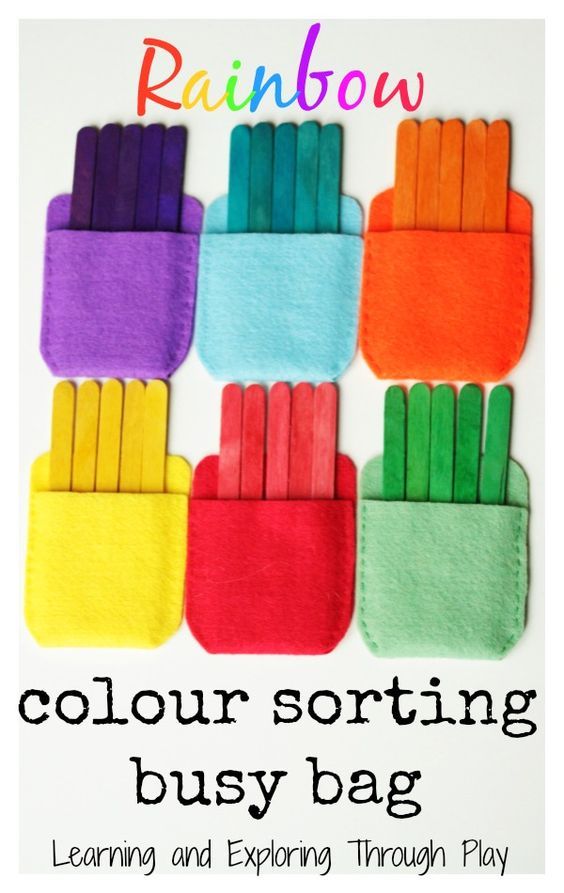 An article in The Washington Post suggested that inadequate playtime and movement can cause problems in children such as clumsiness, difficulty paying attention, trouble with emotional responses, and poor problem-solving methods among a host of other developmental issues.
An article in The Washington Post suggested that inadequate playtime and movement can cause problems in children such as clumsiness, difficulty paying attention, trouble with emotional responses, and poor problem-solving methods among a host of other developmental issues.
Another study in Germany compared 50 play-based classes with 50 early-learning centers and found that the children in play-based classes excelled over the children in early-learning centers. The study concluded that children in the play-based groups were more advanced in reading and math, as well as in the areas of intelligence, creativity, oral expression, and “industry.”
What is a Makerspace?A makerspace is a designated space in a classroom that is designed to keep versatile materials at a child’s fingertips for “making.” Your makerspace could be a table, countertop, cart, or a structure you build yourself. Keep it stocked with hands-on materials that promote innovation. Whether the end result is a model house, a drawing, or a robot, having a variety of multisensory tools on-hand will encourage students to create through play.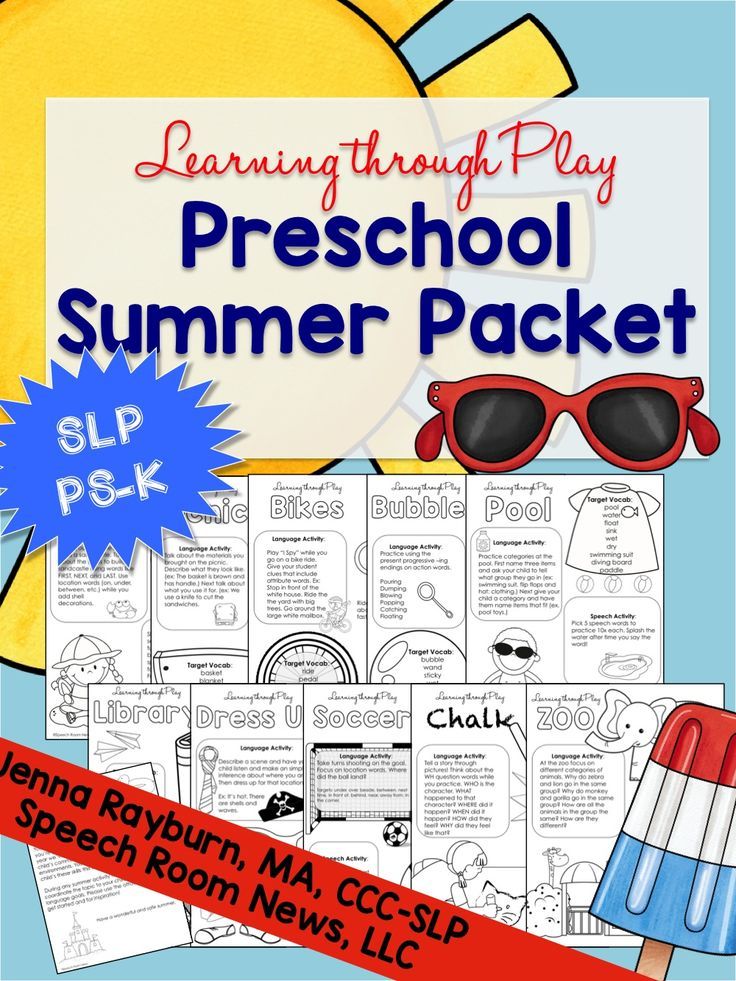
At Learning Without Tears, our goal is to make learning fun and easy. We offer multisensory, play-based tools and activities for children to learn vital kindergarten readiness, reading, and writing skills. Play-based learning tools like Roll–A–Dough Letters® give children tangible ways to create and play. Remember to keep your makerspace well-stocked with materials that make it easy to build and innovate: our Mix & Make Shapes™ help children use their imagination to make patterns and build designs.
Related Tags
Multisensory Learning Teaching Tips
Readiness, Summer, Teaching Tips, Multisensory Learning
5 Ways to Support Your Students this Summer
June 7, 2022
0 5 minutes
Readiness, Summer, Teaching Tips, Multisensory Learning
4 Guidelines to Support Students Over Long Breaks in Learning
February 14, 2022
0 5 mins
Ask the Experts, Teaching Tips, Multisensory Learning, Readiness
Pint-Size Book Authors: Using Early Readers as Mentor Texts
September 10, 2021
0 3 min
There are no comments
Play-Based Learning: What It Is and Why It Should Be a Part of Every Classroom
Wednesday, April 21, 2021
Renowned psychologist and child development theorist Jean Piaget was quoted in his later years as saying “Our real problem is – what is the goal of education? Are we forming children that are only capable of learning what is already known? Or should we try developing creative and innovative minds, capable of discovery from the preschool age on, throughout life?”
No doubt, Piaget didn’t have to deal with standardized assessment—and he would be at odds with those officials who prioritize test high scores and good grades as the primary goals of education.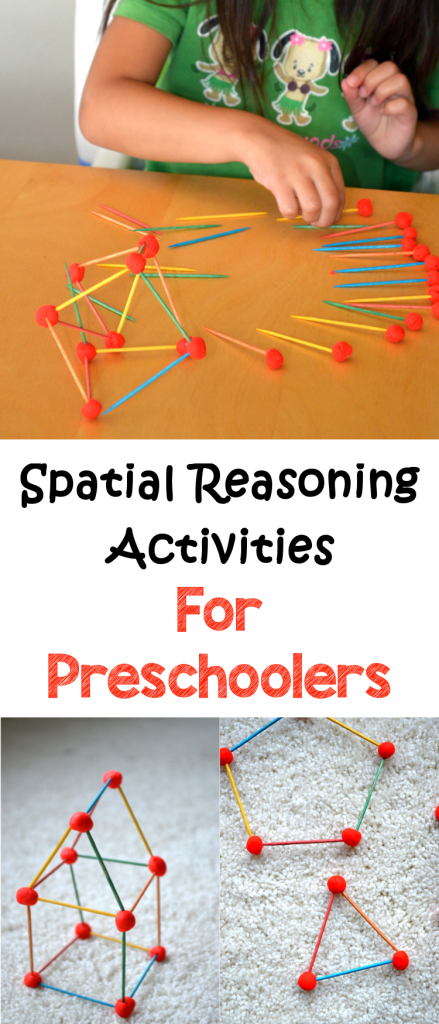 Instead, Piaget would advocate for helping students understand learning as a lifelong process of discovery and joy. Why do we question the value of this approach?
Instead, Piaget would advocate for helping students understand learning as a lifelong process of discovery and joy. Why do we question the value of this approach?
Being a kid is critical. We see the signature of early childhood experience literally in people’s bodies: as this study from the Harvard Center on the Developing Child shows, positive early experiences lead to longer life expectancy, better overall health, and improved ability to manage stress. Plus, long-term social emotional capabilities are more robust when children have a chance to learn through play; form deep relationships; and when their developing brains are given the chance to grow in a nurturing, language-rich, and relatively unhurried environment.
This is something that as educators we understand in our souls but often find it difficult to implement given the restraints and restrictions of the modern classroom and accountability environment. But, it’s critical to address this disconnect directly in order to make progress.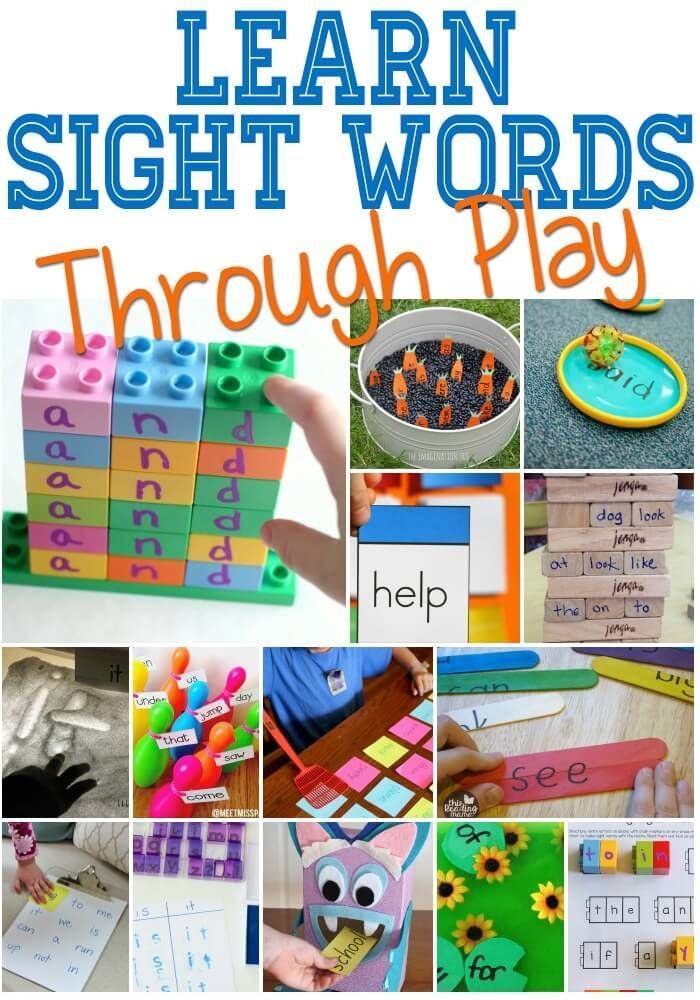 So, let’s talk about why students need play and how we can bring it into our own classrooms—even if we have to sneak it in, and even if we are working with kids who are not so little anymore.
So, let’s talk about why students need play and how we can bring it into our own classrooms—even if we have to sneak it in, and even if we are working with kids who are not so little anymore.
Play is the defining feature of human development: the impulse is hardwired into us and can’t be suppressed. It’s crucial that we recognize that while the play impulse is one thing, understanding the nuts and bolts of actually playing is not always so natural, and may require careful cultivation.
That’s why a play-based approach involves both child-initiated and teacher-supported learning. The teacher encourages children’s learning and inquiry through interactions that aim to stretch their thinking to higher levels. There are other foundational thinkers who have built from Piaget’s theories that support this; educators like Montessori and Stanley Greenspan have recognized that the way to teach a child is through their own interests and developed concrete strategies to do so.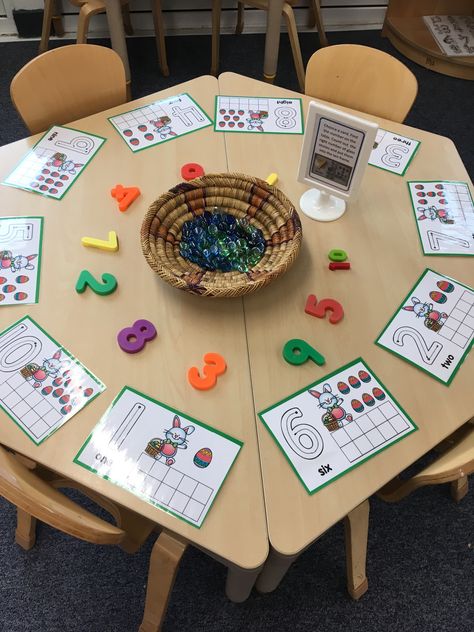
For example, while children are playing with blocks, a teacher can pose questions that encourage problem solving, prediction, and hypothesizing. The teacher can also bring the child’s awareness towards mathematics, science, and literacy concepts. How tall can this get? How many blocks do you need? Can you BLOW the house down? Who else does that? These simple questions elevate the simple stacking of blocks to application of learning. Through play like this, children can develop social and cognitive skills, mature emotionally, and gain the self-confidence required to engage in new experiences and environments.
Understanding the Value of PlayWhen children engage in real‐life and imaginary activities, play can challenge children’s thinking.
Children learn best through first-hand experiences—play motivates, stimulates and supports children in their development of skills, concepts, language acquisition, communication skills, and concentration.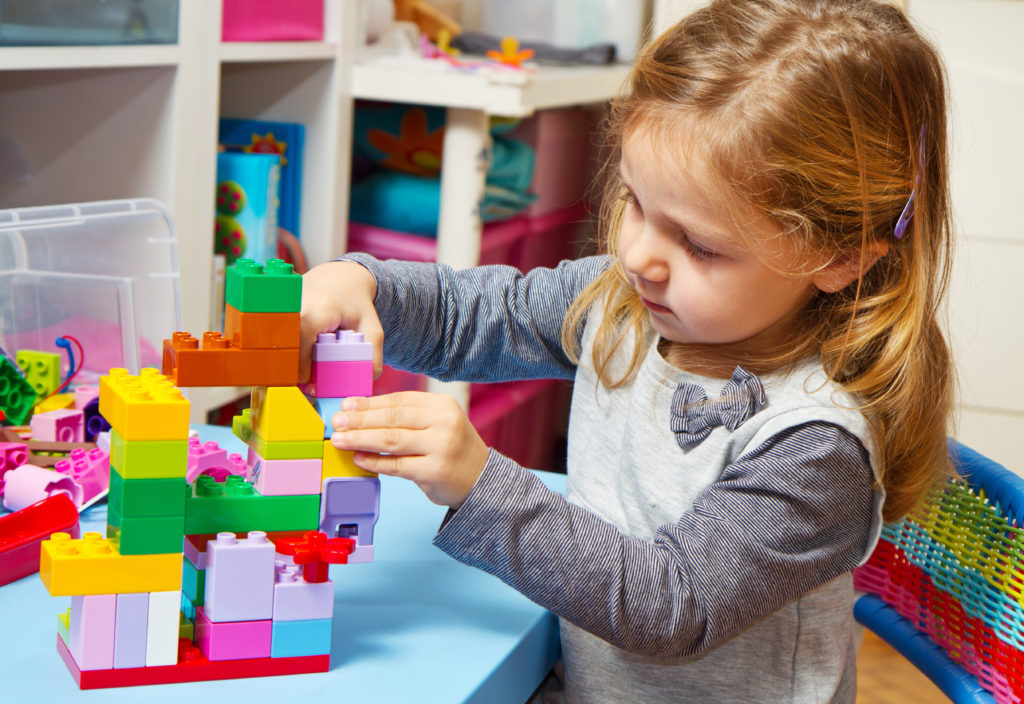 During play, children use all of their senses, must convey their thoughts and emotions, explore their environment, and connect what they already know with new knowledge, skills and attitudes.
During play, children use all of their senses, must convey their thoughts and emotions, explore their environment, and connect what they already know with new knowledge, skills and attitudes.
It is in the context of play that children test out new knowledge and theories. They reenact experiences to solidify understanding. And it is here where children first learn and express symbolic thought, a necessary precursor to literacy. Play is the earliest form of storytelling. And, it is how children learn how to negotiate with peers, problem-solve, and improvise.
It is in play that basic social skills—like sharing and taking turns—are learned and practiced. Children also bring their own language, customs, and culture into play. As an added benefit, they learn about their peers’ in the process.
Involvement in play stimulates a child’s drive for exploration and discovery. This motivates the child to gain mastery over their environment, promoting focus and concentration. It also enables the child to engage in the flexible and higher-level thinking processes deemed essential for the 21st century learner.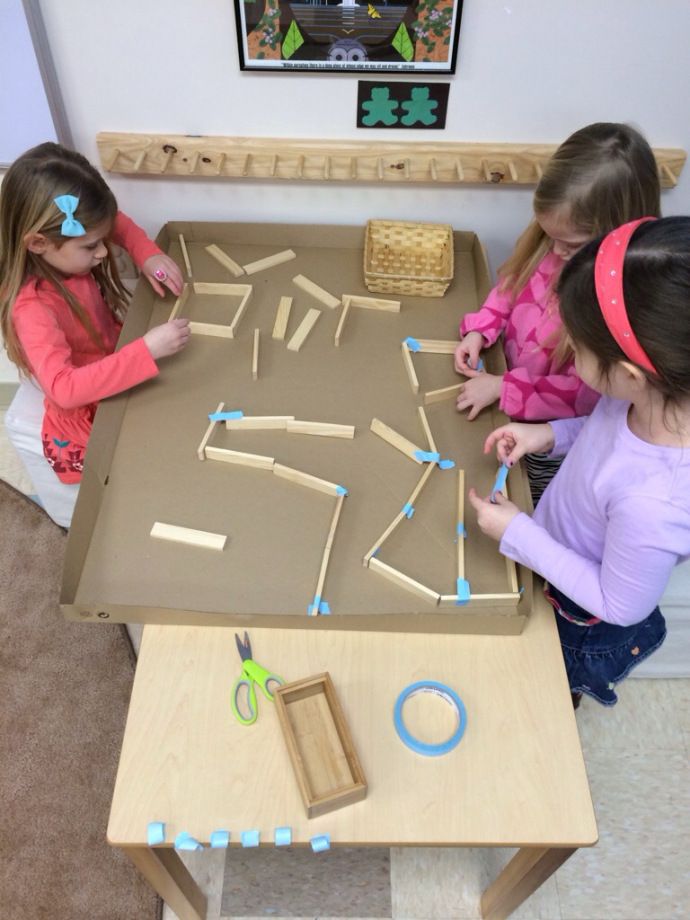 These include inquiry processes of problem solving, analyzing, evaluating, applying knowledge and creativity.
These include inquiry processes of problem solving, analyzing, evaluating, applying knowledge and creativity.
Finally, play supports positive attitudes toward learning. These include imagination, curiosity, enthusiasm, and persistence. The type of learning processes and skills fostered in play cannot be replicated through traditional rote learning, where the emphasis is on remembering facts.
Play-Based Learning and Executive FunctionChildren are naturally motivated to play. A play-based program builds on this motivation, using it as a context for learning. In this framework, children can explore, experiment, discover, and solve problems in imaginative and playful ways. They also expand their executive function skills by practicing their ability to retain information—like where the butterfly was in the spread of memory cards, who had the “4” in Go Fish, and what color card they have and need for in UNO.
When students play games that involve strategy, they have an opportunity to make plans, and then to adjust those plans in response to what happens during gameplay.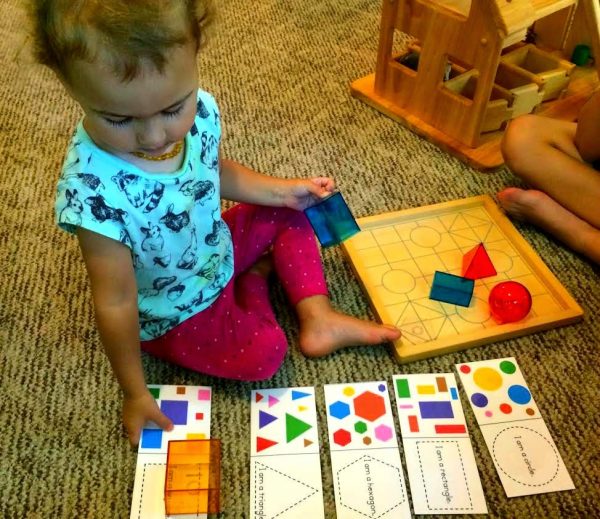 This engages other critical executive function skills like inhibitory control, cognitive flexibility, and working memory. Think Battleship, checkers, tick-tack-toe, or Hide-and-Go-Seek; these games have children develop a plan and adjust on the fly in response to the other player.
This engages other critical executive function skills like inhibitory control, cognitive flexibility, and working memory. Think Battleship, checkers, tick-tack-toe, or Hide-and-Go-Seek; these games have children develop a plan and adjust on the fly in response to the other player.
Teachers can provide opportunities for students to build their executive function skills through meaningful social interactions and fun games—including activities as common as checkers, Simon Says, and I Spy. Harvard’s Center on the Developing Child offers lots of great ideas for children at different ages.
Play and the Value of Active LearningPlay-based learning is an important way to develop active learning. Active learning means using your brain in lots of ways. When children play, they explore the world—and build on their understanding of the natural and social environments around them.
On the physical level, kids work on both gross and fine motor development through play.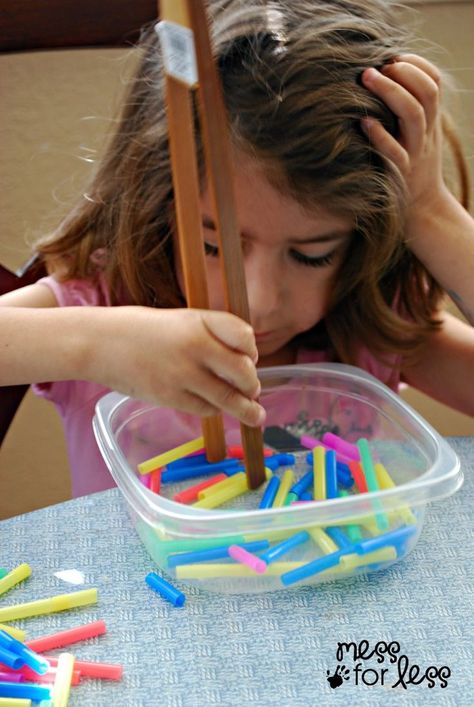 Students working in a play-based classroom explore spatial relationships and hone these important motor capabilities. In fact, it is before the age of 7 years—traditionally known as “pre-academic” age—when children desperately need to have a multitude of whole-body sensory experiences daily in order to develop strong bodies and minds. This is best done outside where the senses can be fully engaged, and young bodies are challenged by the uneven and unpredictable, ever-changing terrain—but a well-equipped, thoughtfully set-up classroom can be just as effective.
Students working in a play-based classroom explore spatial relationships and hone these important motor capabilities. In fact, it is before the age of 7 years—traditionally known as “pre-academic” age—when children desperately need to have a multitude of whole-body sensory experiences daily in order to develop strong bodies and minds. This is best done outside where the senses can be fully engaged, and young bodies are challenged by the uneven and unpredictable, ever-changing terrain—but a well-equipped, thoughtfully set-up classroom can be just as effective.
Children build language skills while developing content knowledge. Plus, cooperative experiences provide children the opportunity to cultivate social skills, competencies, and a disposition to learn.
Play also builds self-esteem. Children are most receptive to learning during play and exploration and are generally willing to persist in order to learn something new or solve a problem.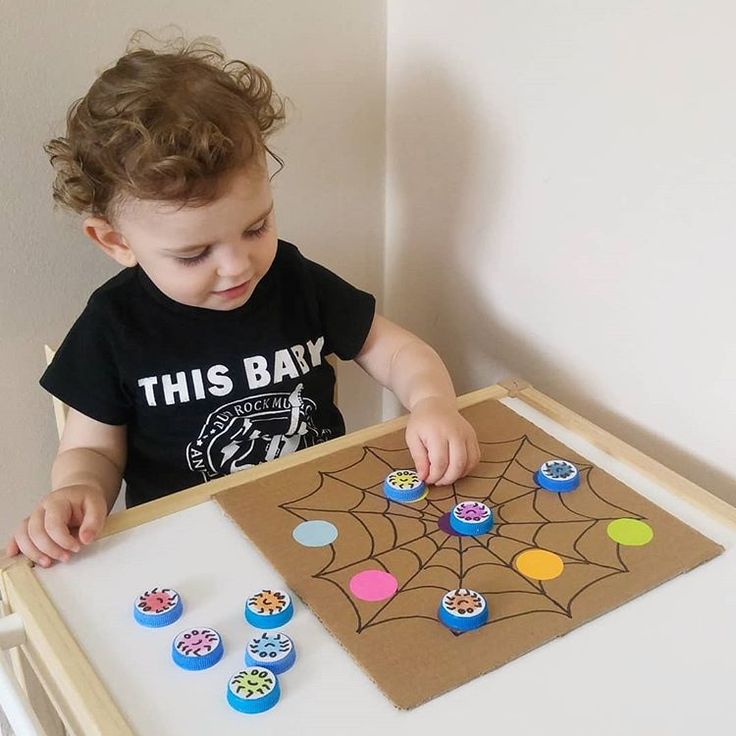 The experience of successfully working through something new or challenging helps kids gain the self-confidence required to engage in new experiences and environments.
The experience of successfully working through something new or challenging helps kids gain the self-confidence required to engage in new experiences and environments.
And a big winner in play is Social development. Interpersonal skills like listening, negotiating, and compromising are challenging for 4- and 5-year-olds (as well as older kids and adults). Through play, children get to practice social and language skills, think creatively, and gather information about the world through their senses. Think about the games that students come up with on their own—they are creative, often intricate, and their “rules” always have to be negotiated.
Games and GamificationSome educators regard the time kids spend socializing with their friends while gaming online as the salvation during the COVID-19 pandemic, or in any scenario where a child might experience barriers to in-person socialization. In addition to the social connections, there is an increased understanding that video games can actually improve kids’ remote learning.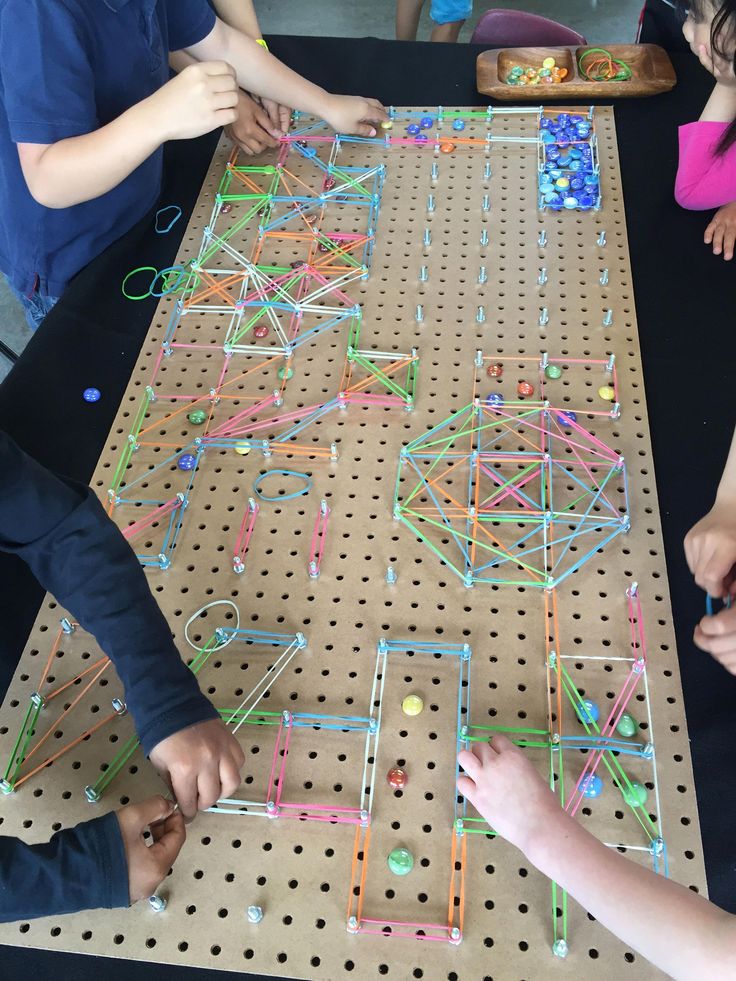 As educators we know that using student’s passions to engage them in learning is critical and kids love games. Done right, gaming and gamification of games can engage both intrinsic (pleasure and fulfillment) and extrinsic (recognition and rewards) motivation.
As educators we know that using student’s passions to engage them in learning is critical and kids love games. Done right, gaming and gamification of games can engage both intrinsic (pleasure and fulfillment) and extrinsic (recognition and rewards) motivation.
Teachers help enhance play-based learning by creating environments in which rich play experiences are available. The act of being a teacher is recognizing the goals of education, understanding how learning works, and figuring out how to apply all this to each student, one at a time. Teaching children how to learn is a strong basis for every grade level.
It is pretty clear that students learn through play. Every child. Some use play to explore their world, others to gain language, and on and on and on. In fact, we have also seen that it is a natural impulse—like getting hungry, or crying when upset, children play. So why not lean into it? Find ways to increase the time spent on play in your class.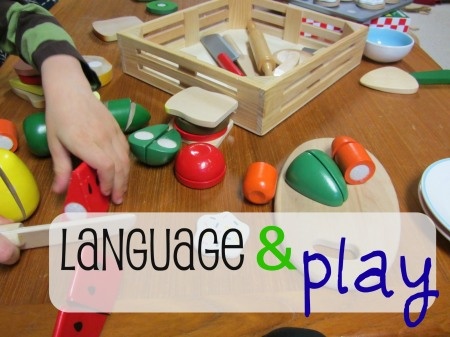 Whether you create centers for dramatic play, bring in costume boxes, explore problem solving with board games, or design your own multiplication board game or even better, have your students design that game, lean in. Use what is part of a child’s fabric to enhance instruction and learning.
Whether you create centers for dramatic play, bring in costume boxes, explore problem solving with board games, or design your own multiplication board game or even better, have your students design that game, lean in. Use what is part of a child’s fabric to enhance instruction and learning.
Looking for additional ideas to make your classroom a more hands-on learning environment for your young students? Check out this blog post on Exploring CTE at the Elementary Level Through Play for more outside-the-box inspiration!
Interested in learning more about play-based learning? Check out our OnDemand webinar where we explore this topic in-depth!
This post was originally published October 2019 and has been updated.
What is game learning?
Sometimes we are faced with the question “Can learning be playful at all?”
Today we will tell you what the essence of play learning is, what it can give your children and share games that you can use yourself!
Game learning is a form of learning process during which real situations are created and reproduced, where children (or yes, adults!) can apply their knowledge and gain new abilities and skills.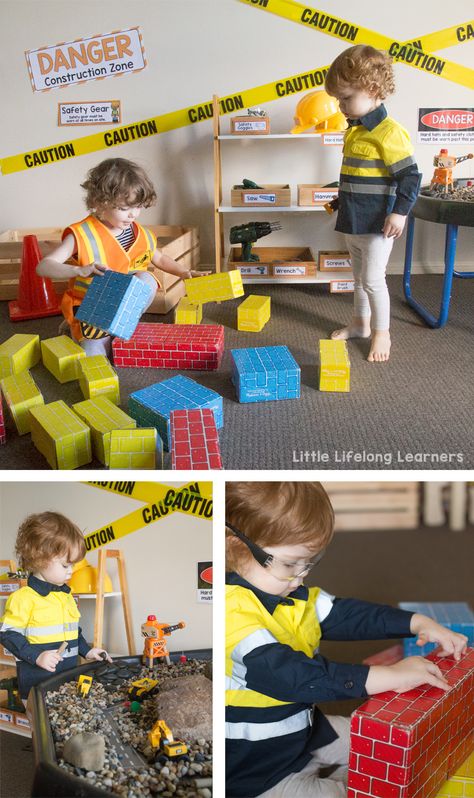 The great advantage of this approach is that it does not "deprive children of their childhood". It is this argument that is the main trump card of opponents of early childhood education. But the game does not involve hours of sitting at desks, all the hated "cramming" and loss of motivation due to poor grades. The game is where everyone can express themselves, where there are no wrong answers. It is a natural environment for children of all ages.
The great advantage of this approach is that it does not "deprive children of their childhood". It is this argument that is the main trump card of opponents of early childhood education. But the game does not involve hours of sitting at desks, all the hated "cramming" and loss of motivation due to poor grades. The game is where everyone can express themselves, where there are no wrong answers. It is a natural environment for children of all ages.
At the same time, it is in the process of play that children get to know the world, learn the first rules and norms of behavior. Only if for many adults the word “game” is associated with relaxation and often aimless and useless pastime, then for children the game is a real work, only natural, and not imposed by someone from above against their will.
Let's outline the main features of the game as a learning process.
1. Play is an independent type of developmental activity for children of all ages.
2. Play is the first stage of children's activity, which changes its goals and level of difficulty depending on the age of the children.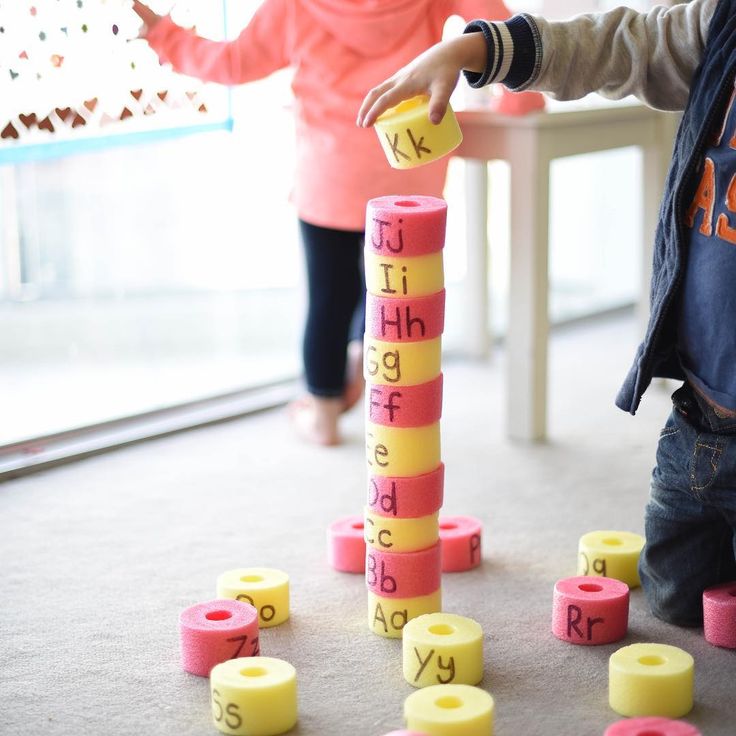
3. The game is the main form of activity for kids, in which the world around them is realized and studied, a wide scope is opened for creativity, self-knowledge and self-expression.
4. Play is a practice of development. There is a direct and close relationship between play and development: children play because they develop, and develop because they play. Accordingly, without the game there is no development.
5. Play is the main area of communication for children. In the course of it, the problems of interpersonal relations are solved, the experience of relationships with other people is acquired.
As you can see, play is the basis of children's development.
But how to introduce learning into the game so that the child does not notice the catch, and a fun game does not turn into boring cramming?
In our classes we use many different games that can be divided into several groups.
We are happy to share some ideas with you.
1.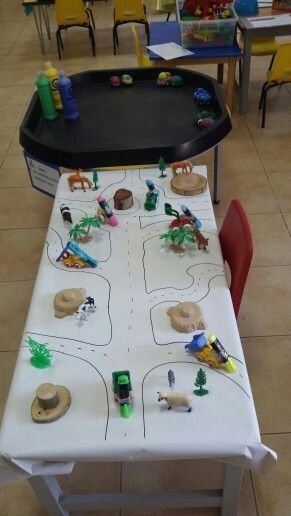 Active games
Active games
The guys' favorite games! They allow you to blow off steam before a responsible task, disperse blood through the body (most importantly, the brain!) And better memorize new things, and just have fun with the guys and once again make sure that English is easy and interesting!
There are a lot of active games, but we select those where children do not just run, but also pronounce words and phrases in the process.
For example, they run around objects to the music, and when the music stops, they call the object in front of which they stood.
Or pass the ball to each other again to the music and then say the word or phrase you need.
Role-playing games are also actively used, where children play the store, cook food, go hiking and much more! Theatrical performances are also very loved by children!
2. Card games
These are games where words are drawn and written on cards that are actively used during lessons. We ask the kids to find the cards, then point to the correct card while the teacher calls a particular word. Then we hang the cards on the wall and throw a ball at the right card. Sometimes we remove this or that card and ask the children which word is missing. Lots of options!
We ask the kids to find the cards, then point to the correct card while the teacher calls a particular word. Then we hang the cards on the wall and throw a ball at the right card. Sometimes we remove this or that card and ask the children which word is missing. Lots of options!
3. Games with real objects
This option is best used with toddlers 2-3 years old. At this age, the more real objects and things, the clearer and better. Therefore, if we study the topic “Animals”, we take animal toys to class, and if we study the topic “Kitchen”, then we bring cups and plates to the lesson. Give the child the opportunity to feel, examine objects from all sides: any type of perception and all possible sensations and knowledge about the subject are important and useful.
4. Memorization through songs
Music and songs play an important role in the classroom. It is important to create a friendly and pleasant environment for children.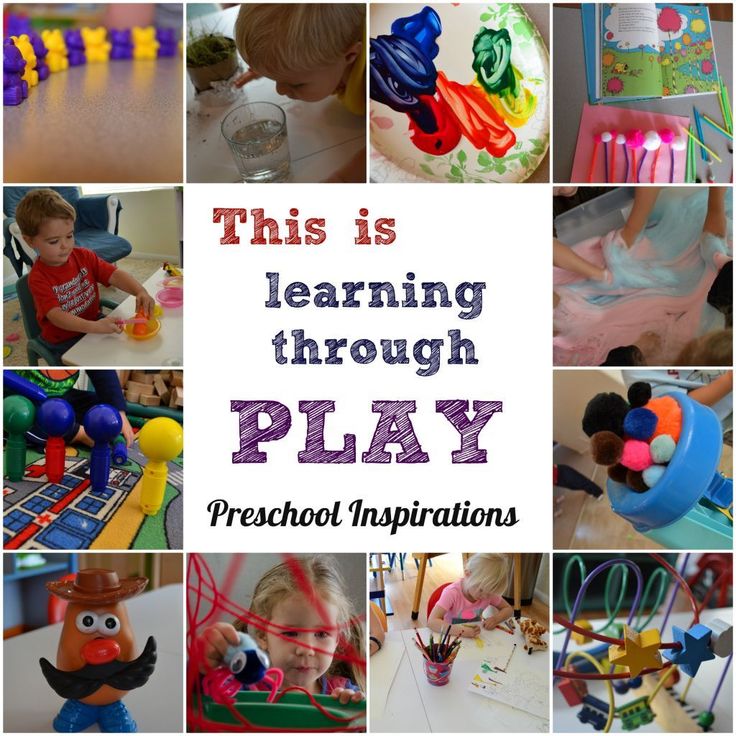 We select songs so that with the help of them children can also learn or repeat new words or structures. Singing words repeatedly improves their memorization many times over.
We select songs so that with the help of them children can also learn or repeat new words or structures. Singing words repeatedly improves their memorization many times over.
5. Creativity
As we have already said, in the game, among other things, the creative component, freedom of imagination and self-expression is important for children. That is why in each of our classes there comes a moment when active games subside, and the guys do needlework. It can be a drawing, a craft, modeling from plasticine or salt dough - the choice is endless! The only condition: we comment on our actions in English and ask the kids to repeat.
You can use these games outside the studio, at home or even on the way to kindergarten/school and back. We always advise to expand the places of communication in English. Then the child will not have a strict association "English - studio / class" or "English - teacher". It is important to show that English can be used everywhere and with everyone.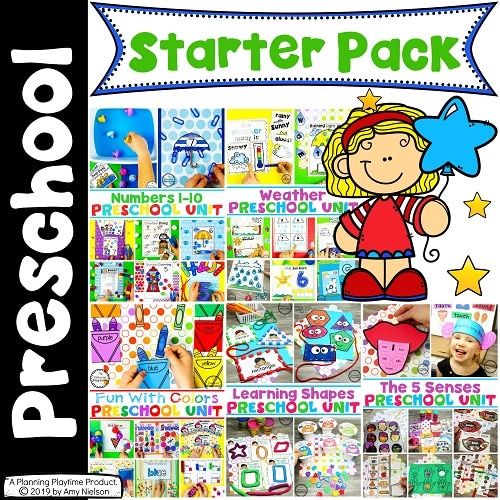 This is exactly what will be discussed in our newsletter this week;)
This is exactly what will be discussed in our newsletter this week;)
For the same reason, we recommend that moms and dads take an active part in games with children: seeing how interesting it is for parents, the child will also be interested in the game.
Subscribe to the mailing list with lesson plans for home and interesting tips from our studio!
Author - Ekaterina Povalikhina
Methodist, teacher of English and curator of the course according to the author's methodology Wonderland Kids
Why is learning through games the most effective? — T&P
As we found out last time, games create the ideal conditions for a person to enter the most pleasant and creative state - that's why we like them so much. Can they be used not only for entertainment, but also for good?
There is only one school in the world that is completely built on the game model - it is called Quest to Learn and is located in New York. The school was opened with the support of the Bill Gates Foundation, and both teachers and game designers took part in its creation.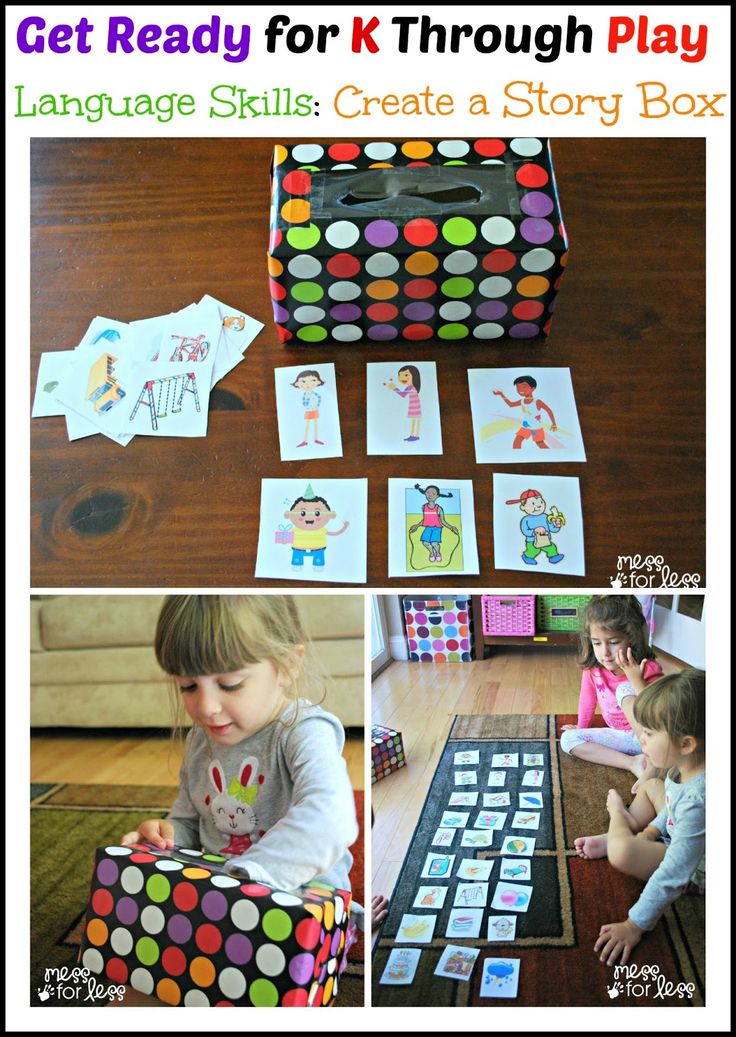 In fact, children learn the subjects familiar to us: mathematics, history, geography, but the learning process itself is completely built on a gaming basis.
In fact, children learn the subjects familiar to us: mathematics, history, geography, but the learning process itself is completely built on a gaming basis.
Instead of getting grades, there is a system of leveling up and earning titles. If there is a desire, children can take on additional missions to score points and increase their gaming status. The system of negative stress, when an unsuccessfully completed task leads to a low score, has been replaced by positive stress - you can always pick up new quests and try again to earn more experience points.
From time to time there are “boss battles” — two-week intensive sessions aimed at solving a certain task. Each student has his own role, you need to assemble the right team.
An internal social network, Being Me, has been developed, through which students can search for companions for team missions - just like in some online game like World of Warcraft.
From time to time there are "battles with the boss" - two-week intensive classes aimed at solving some task.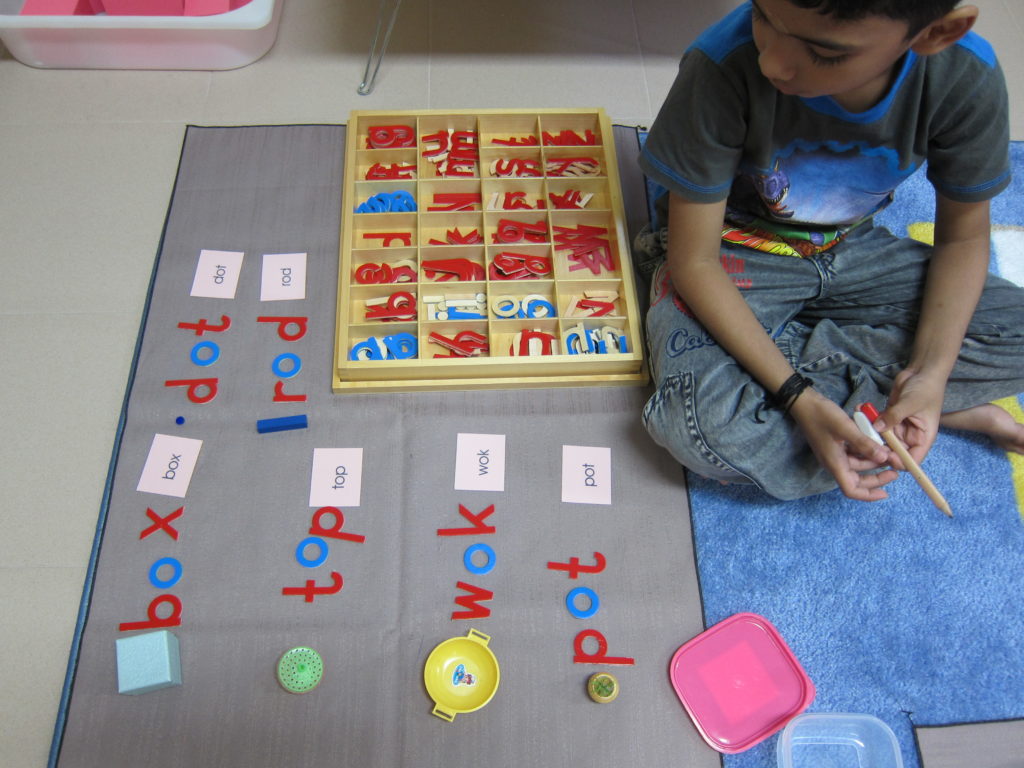 Each student has his own role, you need to assemble the right team. This means that you don't have to be the best at math, you can specialize in your favorite subject and find a partner who loves math.
Each student has his own role, you need to assemble the right team. This means that you don't have to be the best at math, you can specialize in your favorite subject and find a partner who loves math.
Consolidation of the material covered takes place in an unusual way - each student has a digital ward who needs to be taught something. This is an excellent replacement for control tests, instead of being tested, the student himself gives the virtual character his knowledge, answers his questions and, if necessary, finishes learning something, fills in his gaps.
The main benefit of this approach is very clearly stated on the Quest to Learn website: "Students learn to be biologists, historians and mathematicians instead of studying biology, history or mathematics."
This is a key point that comes from the difference between the types of knowledge acquisition learning and education - in the first case, we learn to be specialists, and not just observers of how one or another specialty works.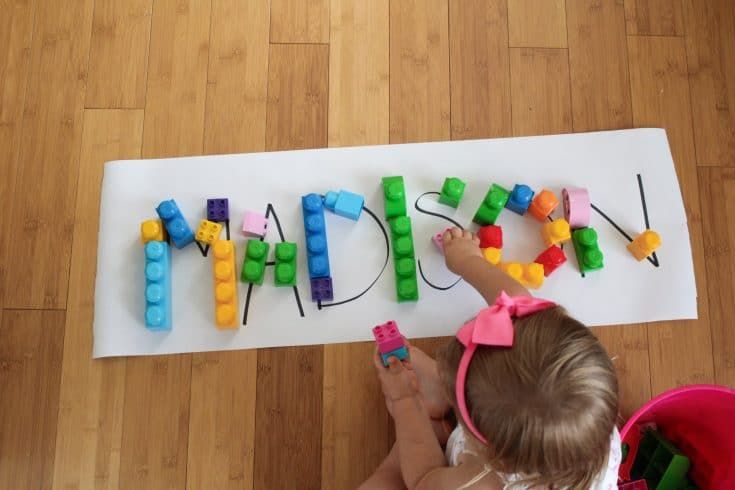 Unlike the traditional education system, games give us this opportunity now. This is also evidenced by the successful example of Lee Sheldon, who introduced experience points and an increase in levels for each student instead of a grading system.
Unlike the traditional education system, games give us this opportunity now. This is also evidenced by the successful example of Lee Sheldon, who introduced experience points and an increase in levels for each student instead of a grading system.
Scientists conducting experiments in laboratories and a child playing in a sandbox are doing the same thing - understanding the world through experiments. "What if?" - this is the main question that drives both scientists and the child.
There is another opinion: Edward Castronova, an assistant professor in the Department of Economics at California State University and the author of the book Escape to the Virtual World, studied games in great detail, taking into account his professional experience. In his blog, he writes that game principles cannot yet be used in training. In the game, we accumulate experience through an infinite number of repetitions - in order to achieve mastery, we have as much time as it takes.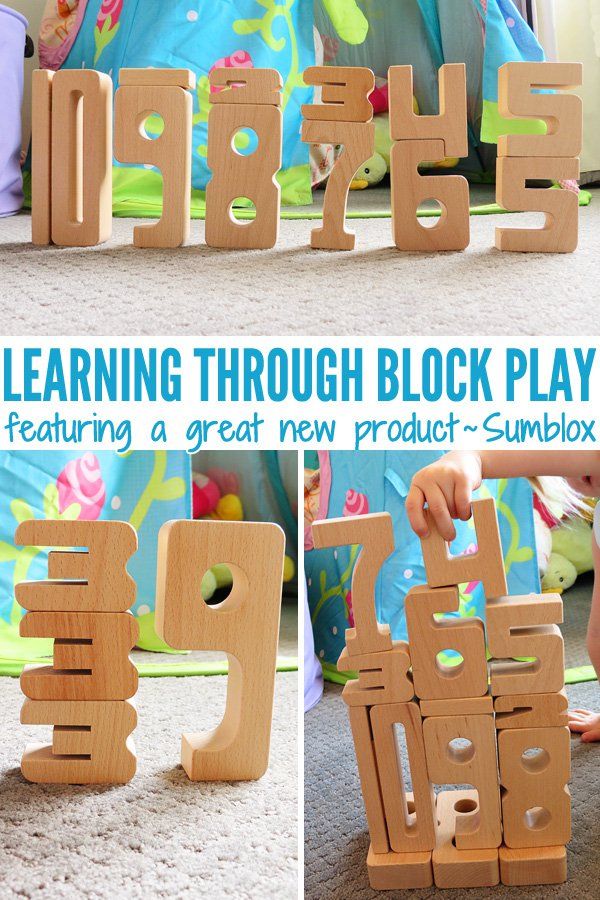 During the lesson, everything is different: there are several tasks, time is limited, plus there is a teacher who evaluates your results after the time has passed. Moreover, the lesson cannot be perceived as a game, it should be taken more seriously.
During the lesson, everything is different: there are several tasks, time is limited, plus there is a teacher who evaluates your results after the time has passed. Moreover, the lesson cannot be perceived as a game, it should be taken more seriously.
Let's rewind time and start from the beginning: how does one learn something new? In his lecture on learning and play, Will Wright says that we can gain experience in only two ways: alone through toys (a toy car gives some idea of how the wheel works and why cars move on the streets) or by receiving information from others. people (parents explain how the same machines work). These are the basic techniques for teaching a person - a game and a story, narration. From the point of view of terminology, in English there are two separate words that reflect these two processes, in Russian this difference is not so noticeable. Learning is essentially self-learning, knowledge gained through knowledge of the world. And education is education, knowledge that someone gives.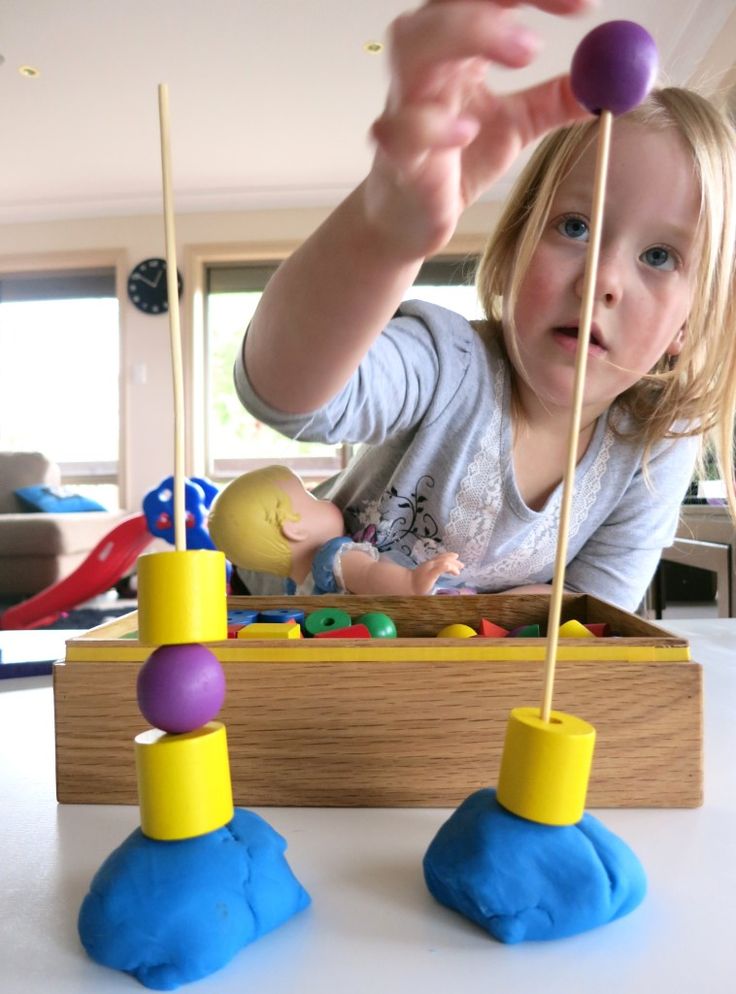
The first way to gain knowledge is more natural - children can explore the world through the game without being able to speak long before they can perceive information from their parents in the form of a narrative. Scientists conducting experiments in laboratories and a child playing in a sandbox are doing the same thing - knowing the world through experiments. "What if?" - this is the main question that drives both scientists and the child.
In contrast to the learning we are used to, when a positive result is encouraged by evaluation, games teach differently. And it's not about the grading system itself, as Lilya Brainis believes. Grades are a great way to motivate a student to improve in their field, but only on the condition that they have the right to make a mistake.
The main benefit of this approach is very clearly stated on the Quest to Learn website: "Students learn to be biologists, historians and mathematicians instead of studying biology, history or mathematics.
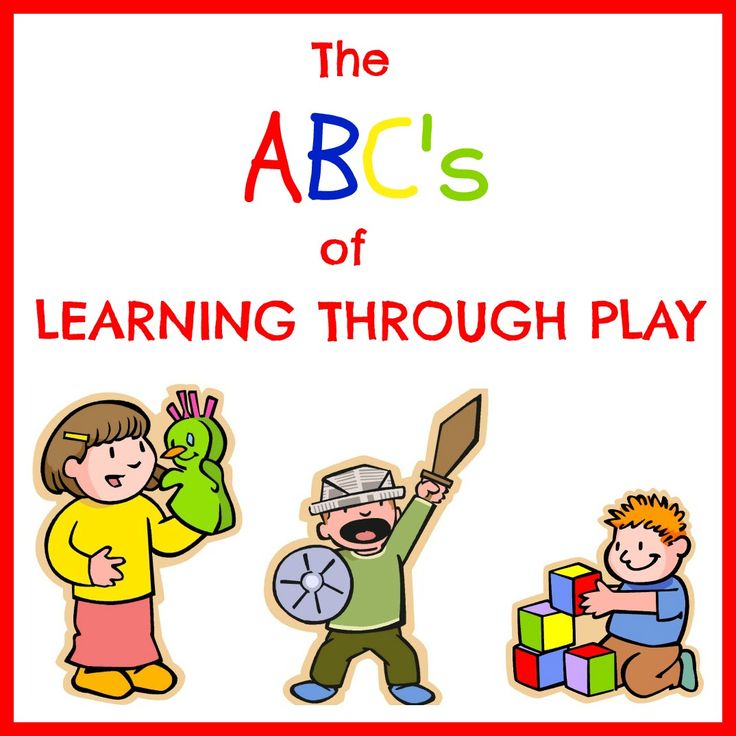
Learn more

